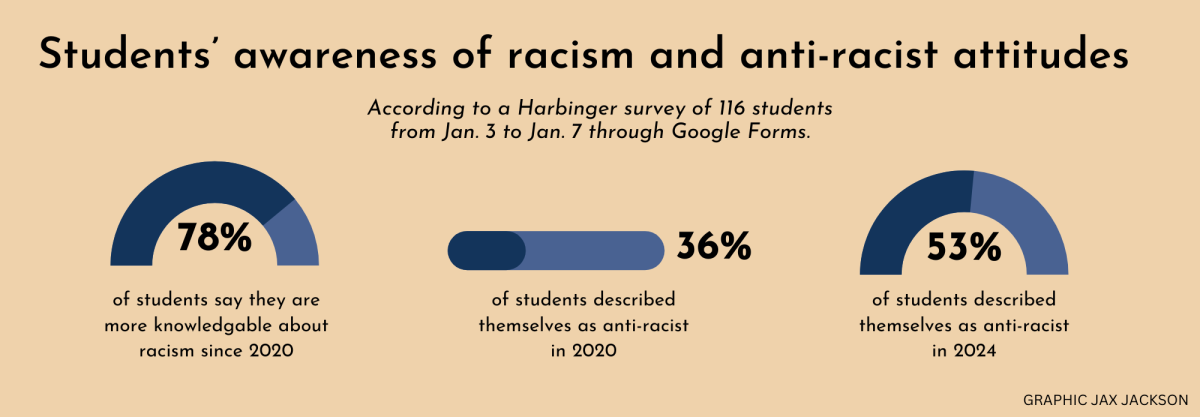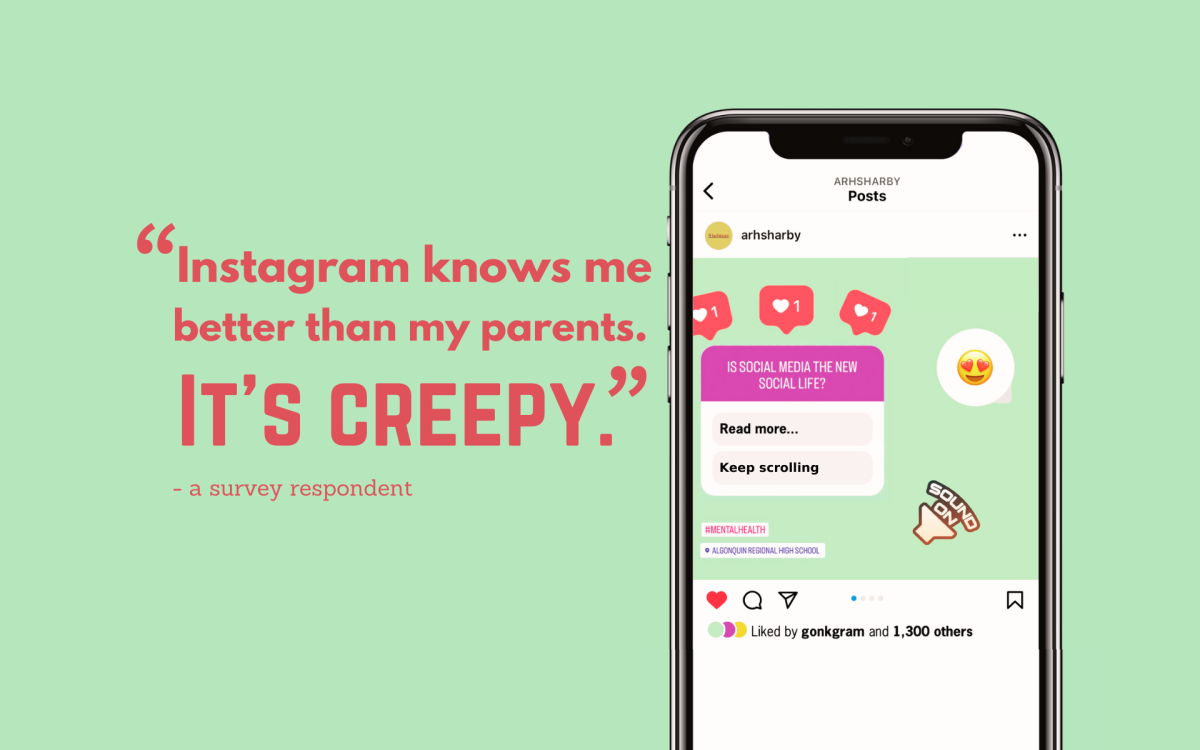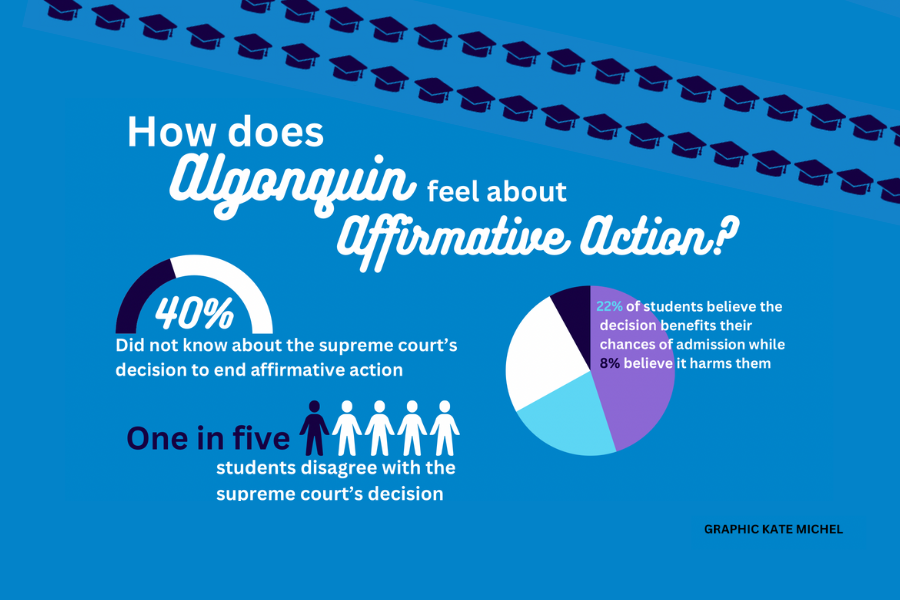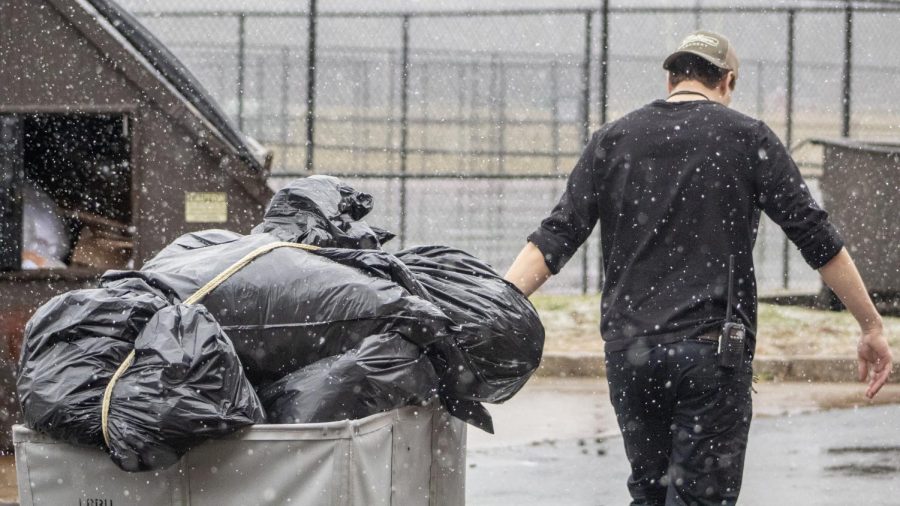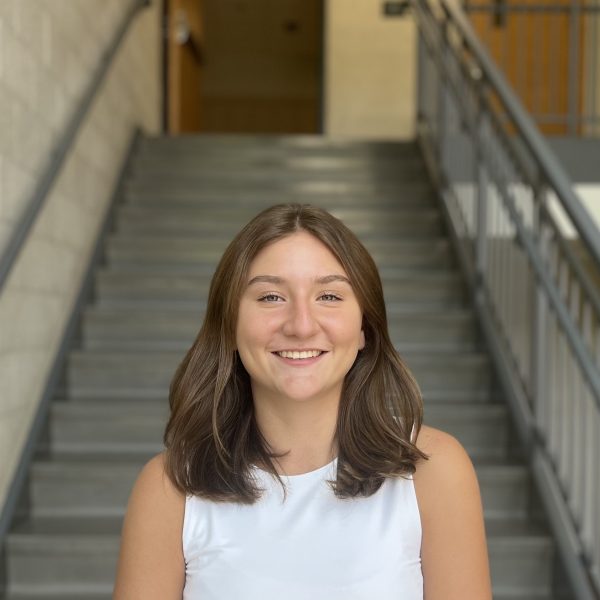Coalition for Equity. Storybridge. Unity Beyond Differences. Asian Culture Club. A World of Difference. Curriculum changes. Tomahawk to Titans.
Within the past four years, these initiatives and more began at Algonquin and in the Northborough-Southborough district to confront racism and prejudice and embrace the experiences of a student body that is growing more and more diverse. Administration, teachers and student leaders have worked to promote conversations within the community and create a safe, inclusive environment.
While many students and adults believe there has been improvement in addressing prejudice and acknowledging racism, they acknowledge that these steps are part of a longer journey. Both student and adult leaders assert that the community as a whole needs to continue to confront prejudices and individuals must do their part as well.
Context & Lived Experience
Four years ago, the deaths of George Floyd and other Black Americans were recognized by the public as injustices at the hands of police. There also was a spike in racist attacks against Asian Americans during the Covid-19 pandemic. Protests for racial equality became a national and local phenomenon during what some called the “Racial Reckoning Summer of 2020.”
Locally, there were student-led protests, a movement that resulted in the changing of the Algonquin school mascot from the Tomahawk to the Titan, the formation of the Northborough-Southborough Regional School District’s Coalition for Equity and the genesis of student groups such as Unity Beyond Differences and the Asia Club.
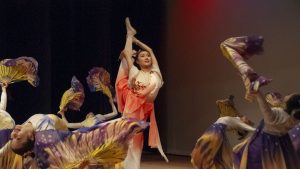
While progress has been made in acknowledging injustices, according to Senior Patrick Biamou, continuing to address the existence of racial discrimination is important to prevent past mistakes from repeating and to make schools safe places that embrace people of all races, religions and ethnicities.
Biamou has felt the impact of racial discrimination, and he’s not alone. According to a Harbinger survey of 116 students from Jan. 3 to Jan. 7 through Google Forms, 28% of respondents said they have been discriminated against because of their race, with 15% saying they have felt discriminated against or unsafe because of their race at Algonquin.
“I went through a lot of identity problems, like being one of the only African American students here [at Algonquin],” Biamou said. “I experienced a lot of microaggressions, like little racist jokes. I became so used to that, and I don’t want anyone else to feel like they have to get used to something like that.”
According to the Harbinger survey, 67% of students have heard peers within the school community make negative comments or jokes about race, culture or ethnicity. Thirty seven percent of students have heard an adult in the school community make similar remarks.
Biamou believes many of the negative interactions he’s had were from ignorance and not with the intent to harm.
“There is a lack of certain knowledge,” Biamou said. “I don’t think the things I have heard have been intentional. I have heard some staff say things like, ‘Your hair looks different,’ when I get a retwist. They just don’t know how African hair works.”
In an effort to provide support and educate the school community, Biamou brought the Unity Beyond Differences Club to Algonquin, with the help of Assistant Principal Cathleen Carmigani. The organization strives to establish an environment of togetherness and connect people who face similar challenges. The student organization meets regularly to plan upcoming projects and unite the community while working to eliminate ignorance revolving around race and biases.
“I think the first step [to being anti-racist] is acknowledging that you can be racist and be willing to learn and hear your peers’ perspectives,” Biamou said.
Unity Beyond Differences recently hung a world map outside of the rotunda and encouraged all community members to pin where their culture originates to illustrate the diversity of cultures and ethnicities within the student population.
According to the Massachusetts Department of Education’s 2023-24 enrollment data, Algonquin’s student body is 68% White, 16% Asian, 10% Hispanic, 4% Multi-Race and 2% Black. Principal Sean Bevan stated that the Algonquin administration actively takes steps to guarantee that students and faculty are educated in identifying racism and combatting it, as well as identifying their own potential implicit bias.
“I think it’s important to address racism anywhere it exists, and as an educational institution, we have an enhanced obligation to do that,” Bevan said. “Being a good member of society really requires lots of things, and part of that is knowing how to treat people well and being sensitive to racism around you, identifying it when you see it and responding appropriately.”
While 27% of the Harbinger’s survey respondents believe the ARHS administration addresses racism well, the majority (49%) of respondents were “unsure” about how they address racism and 24% feel racism is not addressed well.
“I feel like they dance around [racism] at times and only address the parts of ethnicity that are pretty [or a] celebration rather than also acknowledging the oppression it can cause,” one survey respondent wrote.
“While I know we have ‘awareness’ spread through the school in forms like [A World of Difference] and clubs oriented around certain cultures, religion, etc….we never really address it head-on,” another respondent wrote. “While I understand how it is a hard topic to address universally to all students, we never really hear a clear statement.”
Even though some students “haven’t heard much about racism” or are unsure how it is addressed, other respondents believe administrators are trying to address the issue when it arises.
“[Administrators] are responsive to issues regarding racism,” one respondent wrote.
“I feel like there are programs that discuss racism well and the content of classes do their best to be inclusive of different perspectives,” another respondent wrote.
Other survey respondents expressed that students themselves need to do more.
“I think it’s more the student body response, or rather apathy, that is disappointing,” a survey respondent wrote.
Student-Led Initiatives
Bevan supports the power of student-led initiatives to affect change and believes that when racism goes ignored, whether by adults or students, it sends a signal that it’s okay to be hateful, and racism proliferates.
In addition to combatting hateful speech when it occurs, Bevan supports the work of student-led groups such as A World of Difference, which leads workshops in sophomore classes throughout the school year, working to confront discrimination in students’ lives.
“[A World of Difference] is really designed to get students to recognize some of their own potential biases and to think through how they can identify their own thoughts and actions and really be thoughtful about how their choices affect others,” Bevan said. “The whole teaching staff is trained on that as well.”
Senior and A World of Difference co-president Riya Mahanta believes the organization teaches students how to be better members of society while bringing more awareness to prejudices.
“Some people might not know something is offensive even though it is a microaggression,” Mahanta said. “Giving students concrete ways that they can reduce the impact of these harmful words and try to stop these words from leaving people’s mouths, I think that’s super important.”
School and district administrators appreciate the impact of student-led organizations.
“We look to organizations like Unity Beyond Differences and A World of Difference,” Assistant Superintendent of Teaching and Learning Stefanie Reinhorn said. “Those student clubs are a really important part of how we move the needle as a community.”
Bevan acknowledges that more can be done to address racism and understanding the experiences of people of color at Algonquin.
“I’m a real believer in speaking with students and finding out how they feel about their school experience,” Bevan said. “I think we could potentially do that with our students of color to find out how they are experiencing our school environment, which is increasingly diverse but isn’t entirely diverse, which reflects the society we live in.”
Senior and Asian Culture Club co-leader Sue Gurung joined the club to connect more with other students and share experiences. Overall, Gurung said her time at Algonquin has been positive.
“I feel like Algonquin is a really inclusive school,” Gurung said. “I haven’t experienced anything, and I haven’t seen anything, but that obviously doesn’t mean there isn’t racism in our school.”
According to the Harbinger survey, 78% of respondents say they have become more aware of and knowledgeable about racism since 2020. Many students believe their racist or anti-racist attitudes and actions have shifted since 2020. Looking back on their attitudes and actions in 2020 versus now, 36% described themselves as anti-racist and 53% describe them as anti-racist now.
A More Inclusive Curriculum
Since 2020, teachers have taken a closer look at how various races and ethnicities are represented in the curriculum.
Soon after the death of George Floyd, many ARHS teachers came together to form a focus group to think deeply and look closely at how race impacts student experiences.
“At the high school teachers came together themselves, and said that ‘We want to read books, watch videos, listen to podcasts and discuss them,’ as sort of a teacher-led discussion group,” Reinhorn described.
Reinhorn is proud of the work teachers across the district have done in these reflective practices and in fostering challenging conversations, along with how they continue to do so in examining the curriculum.
“Teachers are being really thoughtful and it is a gradual process that continues,” Reinhorn said. “We still have work to do but [teachers] are definitely putting in that work.”
According to Reinhorn, teachers are looking closely at not only how curricula represent cultures, races and ethnicities, but examining how subconscious choices can have a big impact.
“What are the books that are on our shelves; what are the things on our walls?” Reinhorn said. “What messages do we send about the choices that we make as educators?”
Reinhorn shared that the district is working on a new data platform, so the data from all 10 schools is one spot. The data will include demographics and standardized test scores, but also shows who is taking AP classes and who is frequently absent a lot, so data can be examined for trends. This will help get a sense of how the schools are doing as a whole while moving forward on the district’s journey.
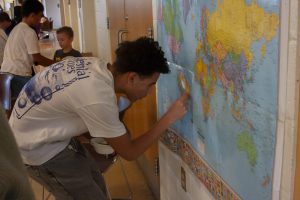
According to Reinhorn, there are two learning journeys when it comes to learning about equity, diversity, inclusion and racism. One is more individual and about a person’s own identity. Another is building educators’ professional capacities so they can create conversations and teach these difficult topics.
“What are the tools that teachers need to lead that work effectively?” Reinhorn considers.
As part of this work, some core courses have been reconfigured to be more inclusive of diverse texts and experiences. For example, this year English Department Head Jane Betar and Junior English teachers have worked in a Professional Learning Community (PLC) to revamp the curriculum. In past years there have been changes to the freshman and sophomore courses as well.
“[We work to] make sure that our students’ experience in the classroom, in the building, is reflective of both their experiences and their identity as well as windows into other worlds, voices, cultures and experiences,” Betar said.
According to Betar, in order to select new course texts teachers have to read potential works closely, to consider and discuss what perspectives they may add and how teaching the texts could be approached.
“[Diversifying the curriculum] is a challenge for many reasons; it’s one that we are excited about, but it takes time for us to find some of these titles,” Betar said.
Many teachers throughout the department have been taking workshops and classes to learn more about different cultures and how they can incorporate them into their classrooms.
“One of the ways that we, as an English Department, have worked to create a more diverse experience for students is to educate ourselves,” Betar said. “We have to continue to educate ourselves so that we can provide an equitable experience for our students.”
Betar acknowledged that curriculum changes cannot happen overnight, and ongoing conversations will make the changes most effective.
“There is always going to be room for improvement and room for more,” Betar said.
In addition to core courses, Algonquin offers electives that deal with social inequities, prejudice and racism. Among these courses are Silenced Voices, a course developed and taught by English teacher Emily Philbin, and Race in America, which is taught by Social Studies Department Head Brittany Burns.
Burns created Race in America in 2019 when a group of students asked for a class that was focused on racism since they wanted more discussion on the topic.
“For me, it’s really important that we have the opportunity [to discuss and learn more about race],” Burns said. “Whether you are a person of color or a White person, whether you are in history or in social science…I think we need to make more space to learn about our diversity and our experiences with each other.”
The course takes students back through American history from colonial times when many of today’s stereotypes were first instilled through the 20th century including the Eugenics movement up until today.
“Our concept of race is a social construct, meaning that it is created within a society, and it is not a biological division,” Burns said. “Our notions about race are kind of this made-up thing, but it’s a thing that has very real consequences and a very real history.”
The discussion-based English elective “Silenced Voices” studies and considers major voices that have been silenced in society due to race, gender, religion and ability. Philbin began the course in 2010 when she realized that, back then, a student could go on through their high school career without reading a book by a woman or person of color, depending on what classes they took.
“I designed it as a way to bring in more diversity, with the idea that it could inspire us to improve other courses in terms of diversity,” Philbin said.
Philbin believes that with her resources as a public school teacher and as a person with privilege, she should use her position to help students grapple with these challenging, important topics and find their voices while truly listening to others.
“The more that I learned about privilege, I realized how much I have, and it is encumbered upon me to use it to change things,” Philbin said. “Not to speak up for other people, but if I have all of these advantages I should be using them for a positive society.”
Philbin asserts that a few conversations will not fix racism, but continuing to have hard ones will help break down walls and influence students to make a change in society.
“It’s an ongoing conversation,” Philbin said. “I hope that Algonquin has other ways to make sure that we continue to talk about [racism]. It’s been implied that [confronting inequality] was important, maybe in the past, but it is absolutely important today; we haven’t solved racism. ”
Prior to 2020, there were additional diverse electives offered in the English Department, such as a Non-Western Literature and Russian European Literature. Silenced Voices was a popular course with multiple sections. However, due to shifts in interest or lack of knowledge about the classes, there has been a sharp decrease in enrollment in both Phibin’s and Burns’ courses and they may not run in the future. Both teachers say it is up to students if they want these courses to continue.
Philbin and Burns have seen the impact of their courses. The 2021-22 school year marked a new era in ARHS history when the mascot was changed from the Tomahawks to the Titans. While concerns about the racial implications of the Tomahawk mascot had surfaced over the years since the 1990s, a 2020 petition by former ARHS alumni was the catalyst that led to the Mascot Study Group and eventual change. All of the alumni who started the petition took Race in America and Silenced Voices.
Although Burns acknowledges it was hard for many in the community to accept the mascot change, it was a necessary one to make.
“For some people, it is hard to let go of things that they see as tradition, but in this case, that particular group and the mascot community that formed really did a good job at helping us see it from different perspectives,” Burns said. “Just because you don’t understand something is harmful doesn’t mean it’s not harmful to someone or their experience.”
District Initiatives
On the district level, Superintendent Greg Martineau formed the Coalition for Equity in 2020 to build community partnerships focused on equity issues. The coalition, composed of School Committee members, administration, teachers, ARHS students, parents and community members, creates a safe, collaborative space to have conversations and help identify and create resources to support learning.
According to Rhoda Webb, the Director of Multilingual Learners and Equity, the coalition strives to represent a range of perspectives and experiences and is open to anyone who wants to join. The only requirement is to have an interest in making a difference in the district.
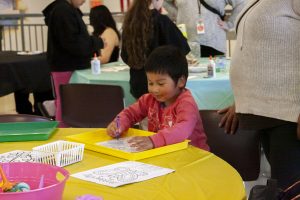
“What I really enjoy about the coalition are the different voices that exist within this group,” English Language teacher Selvi Oyola said. “It ranges from students to community members, to parents, to staff like me and administrators. Having different perspectives and experiences being voiced out strengthens how we can achieve the purpose of the coalition.”
One of the initiatives the coalition has supported is Story Bridge. The community program and culminating event, which focuses on helping community members tell their impactful personal stories, is run by award-winning author Jennifer De Leon and educator and Sontag Prize winner Adam Stumacher. The two created Story Bridge to use stories to build understanding and empathy. It has run for two years with plans to continue for the foreseeable future.
“It’s really amazing to listen to people’s stories, and it just strengthens our connection,” Oyola said. “We are all different, but there is always that humanity factor that unites us.”
Coalition members have participated in the district calendar group, which helps create a school-year schedule that meets the state requirements while identifying and considering the impact of holidays families may celebrate.
“[We] make sure that the calendar reflects the diversity that we have and meets the needs of everyone,” Oyola said.
The coalition has been part of implementing Wellness Days along with adjusting how religious and cultural holidays are recognized in the school community.
The coalition has also focused on the concept of “windows and mirrors” as a way to reflect on the texts and curricula at the district’s 10 schools to ensure a diverse curriculum. If a text is a “window” it helps a student see into lives and experiences different from their own to help broaden and deepen empathy and understanding. A “mirror” is a text that reflects a student’s lived experience and identity, which can help students feel seen and heard.
“Every student should see themselves reflected in the literature they read, the curriculum that they are learning, the books that we find in our libraries,” Webb said. “That concept was launched for our ten schools, and every school has kept working on that concept, both with book selections and revising curriculum units in every content area.”
Webb believes that the only way to create impactful change is for everyone to get involved. The coalition helps make connections with groups outside of the schools and between school departments and organizations so they can collaborate together to shed light on issues.
According to Oyola, while the coalition and the district have made some great changes, students and school community members still have to do their part as individuals.
“Keep building a positive, inclusive, encouraging culture, where people feel safe to have conversations, safe to address any needs that they may have and supported so they can be their best selves,” Oyola said.
Part of the district’s Strategic Plan, which reinforces the district’s values and goals, is to create an inclusive and safe environment for everyone. Reinhorn acknowledges this is an ongoing process.
“It’s a journey that we will never be done with, so it’s really all about having different opportunities, and I think that we really believe, as a district, we always have work to do in this area,” Reinhorn said. “We try to stay in the frame of mind of being learners and [focus on] what is our next level of learning and how do we give people the opportunities for their next level of learning?”
As Reinhorn said, “We have done work, and we have more work to do.”
Additional reporting by Lila Shields and Emily Harmon.





